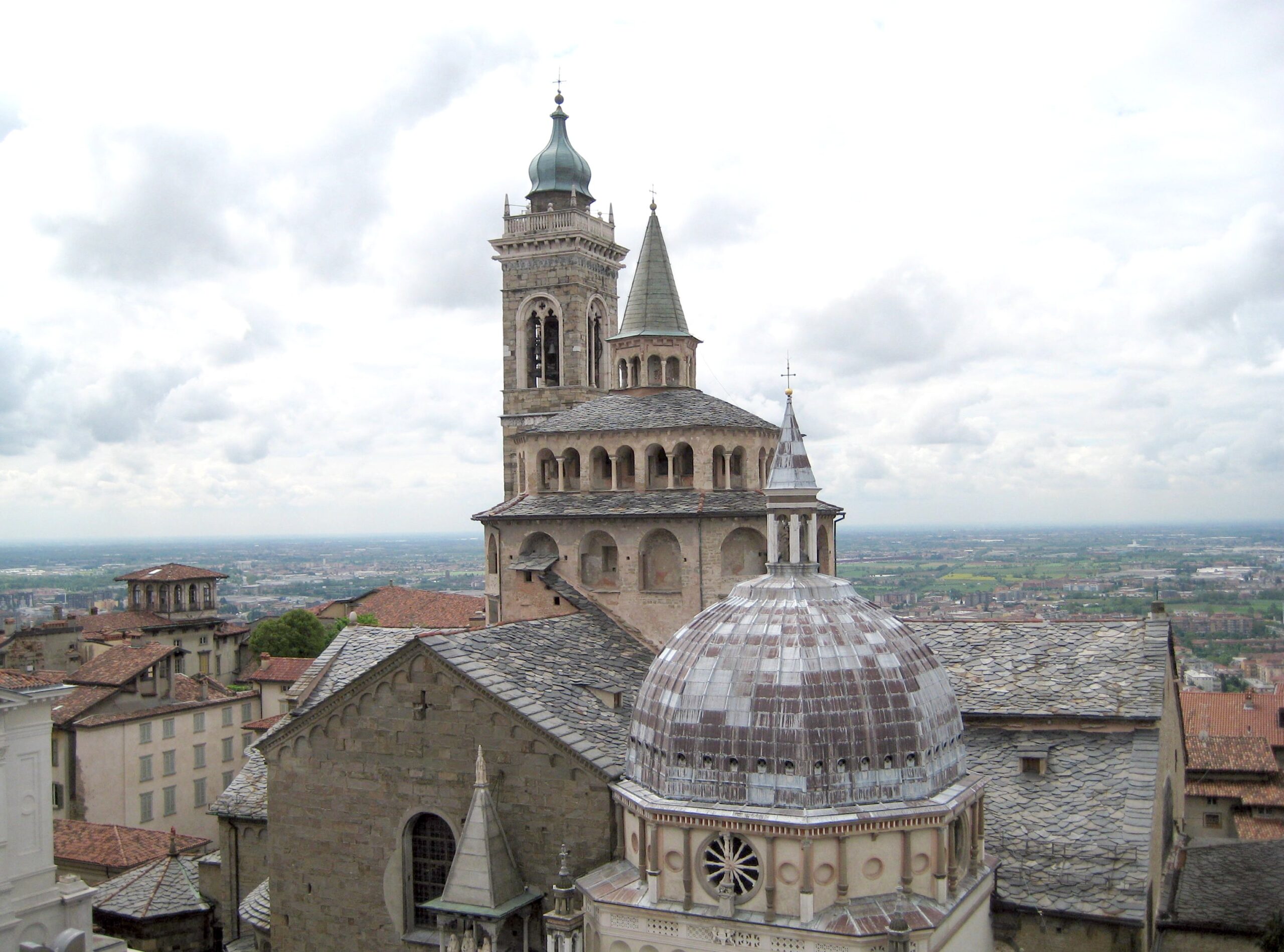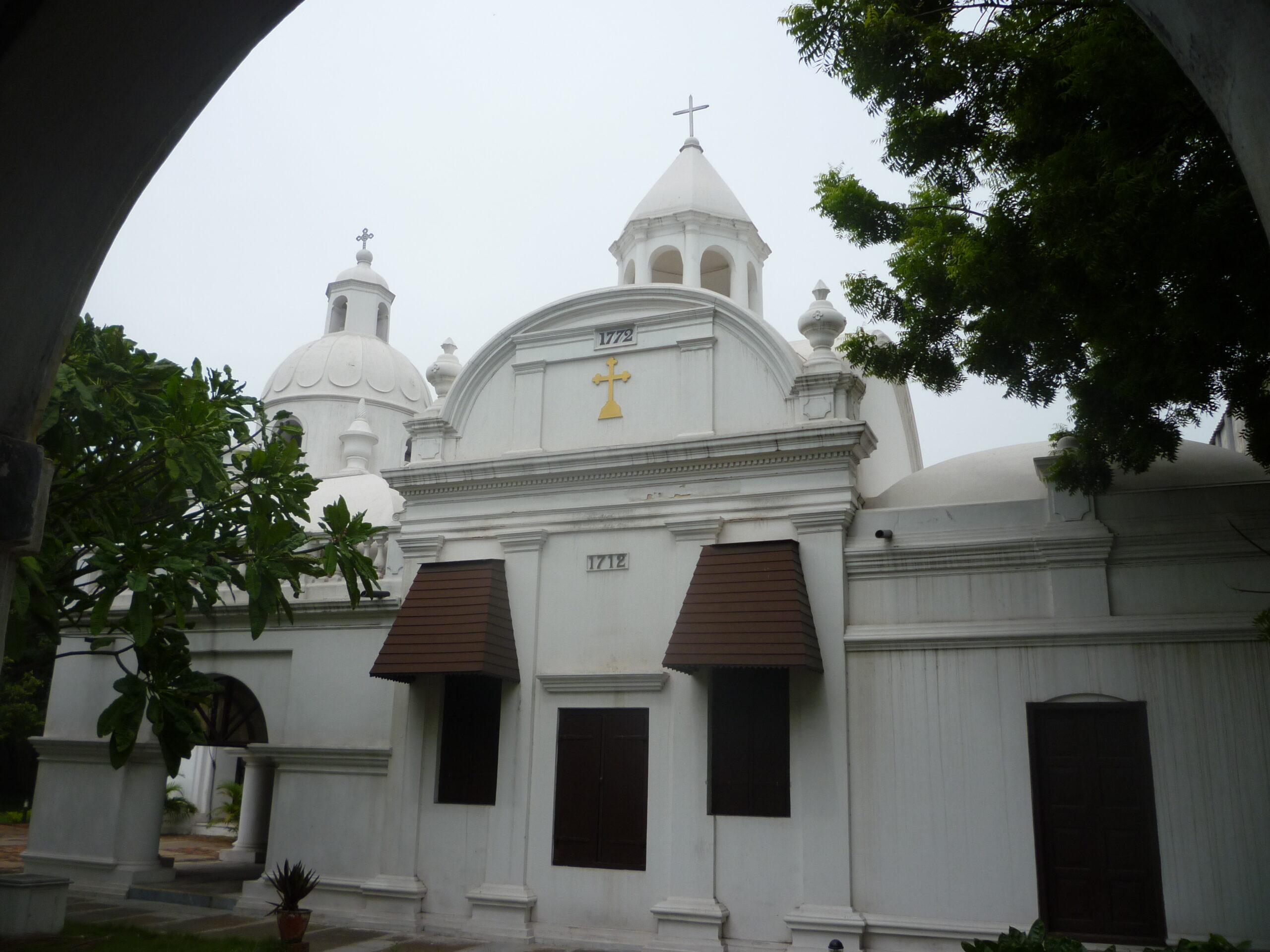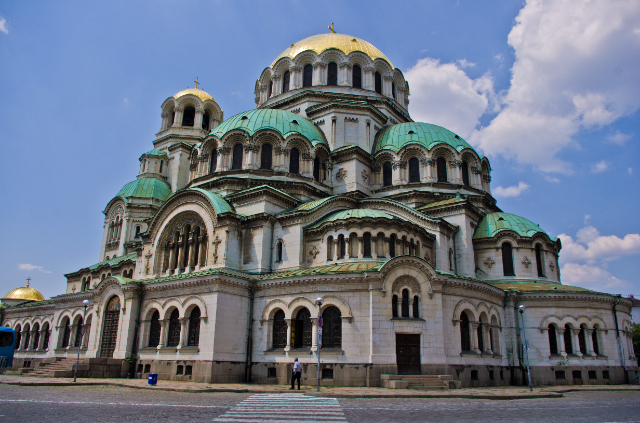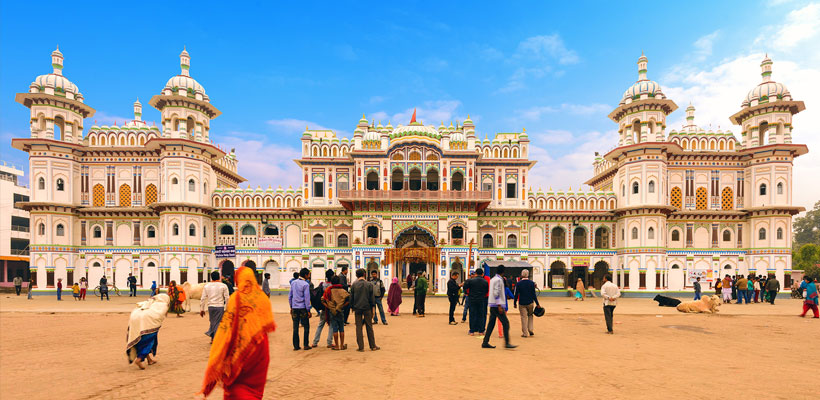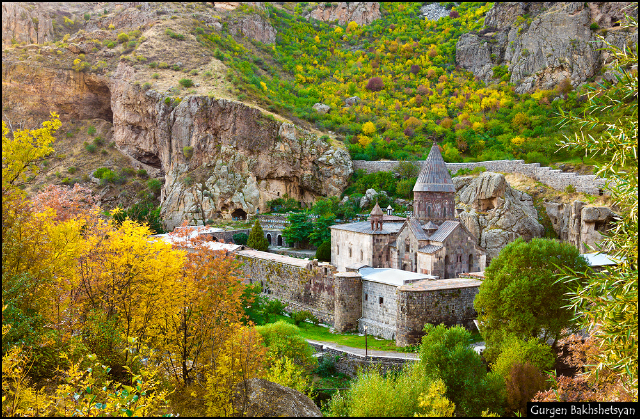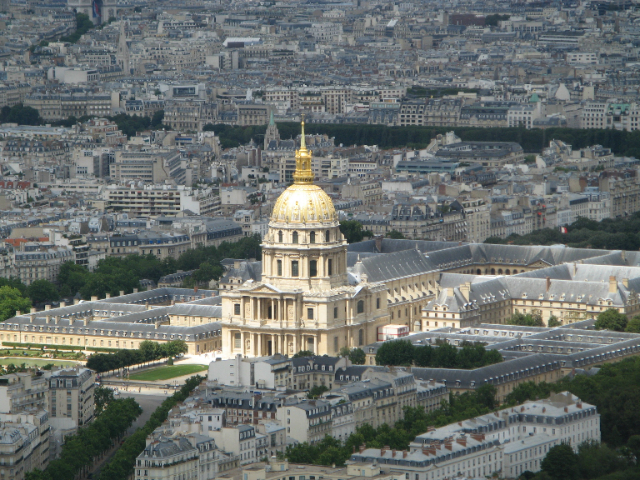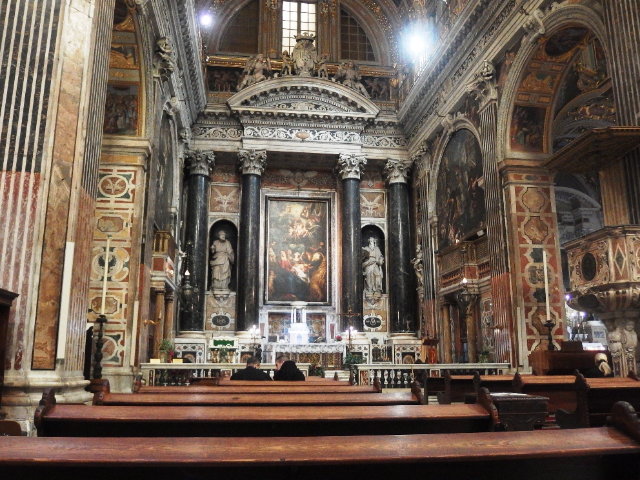There is a deep and ancient link between the city and the Basilica of Santa Maria Maggiore, which probably derives from the unique conditions of its construction.
In the early 1100s, a terrible plague epidemic spread in Europe causing death and desolation. The inhabitants of Bergamo then decided to ask Our Lady for help: if she would protect them from the contagion, they would dedicate a church to her as thanksgiving. And since the people of Bergamo were people of their word, in 1137 they took the vow and built the Basilica of Santa Maria Maggiore on the Piazza del Duomo in the Upper Town.
They did things on a grand scale: the church immediately revealed its splendour and was further embellished in the following centuries. Frescoes, stuccoes, tapestries and wooden inlays designed by the famous artist Lorenzo Lotto decorate the interior of the building today.
Inside Santa Maria Maggiore there is also the funeral monument to Gaetano Donizetti, famous composer, symbol and spokesman of Bergamo in the world.
The Basilica is particular because it is characterized by the lack of a central entrance and the façade, which was a single wall with the adjacent building.
The four entrances to the church are all lateral. At the base of the columns of the protiri (small porticoes placed to protect and cover the main entrance of a church) of the fourteenth century by Giovanni da Campione, four red and white marble lions guard impassive and majestic the northern and southern entrances.
On the northern side opens onto Piazza Duomo the door known as the Red Lions door; the southern side instead overlooks Piazza Rosate with the door known as the White Lions door. The different colouring is given by the type of marble used: Veronese marble for the reds and Candoglia marble (in the Piedmontese Val d’Ossola) for the whites.
Even the place chosen is not accidental: it has always been considered sacred and already in Roman times it housed a pagan temple, later destroyed, dedicated to the goddess Clemenza and in the 8th century another church dedicated to the Virgin was built there.
